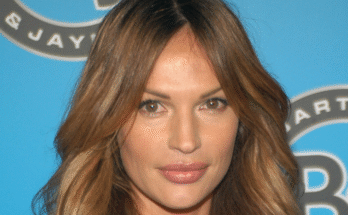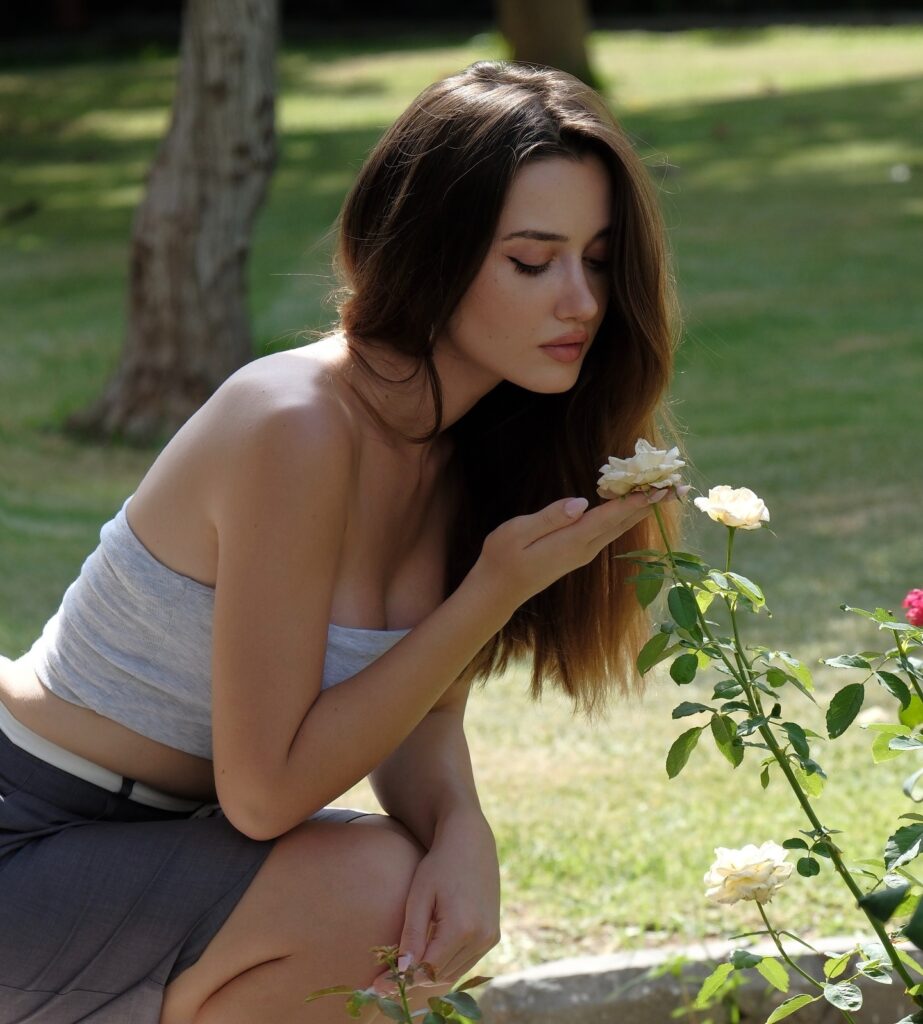
Hair in films is often much more than just a character’s physical trait. It can be a defining feature, a symbol of identity, and at times, even a powerful storyteller in its own right. When we watch movies, we don’t just observe the actors; we also notice their hairstyles. From bold changes that signify transformation to carefully chosen cuts and colors that reflect a character’s personality, hair plays a crucial role in shaping the narrative. So, when we say “hair was the paid actor,” we are acknowledging how, in many films, the hair is as much of a character as the actor themselves.
In the world of cinema, hair has long been used to convey personality, status, and emotional depth. Some actors may be recognized more for their iconic hairstyles than their actual performances. Consider the cascading blonde locks of Marilyn Monroe, or the wild, untamed hair of Jennifer Lawrence’s Katniss Everdeen in The Hunger Games. These hairstyles are not merely decorative; they reflect the essence of the characters they embody. In fact, the way an actor’s hair is styled can almost be as impactful as their dialogue.
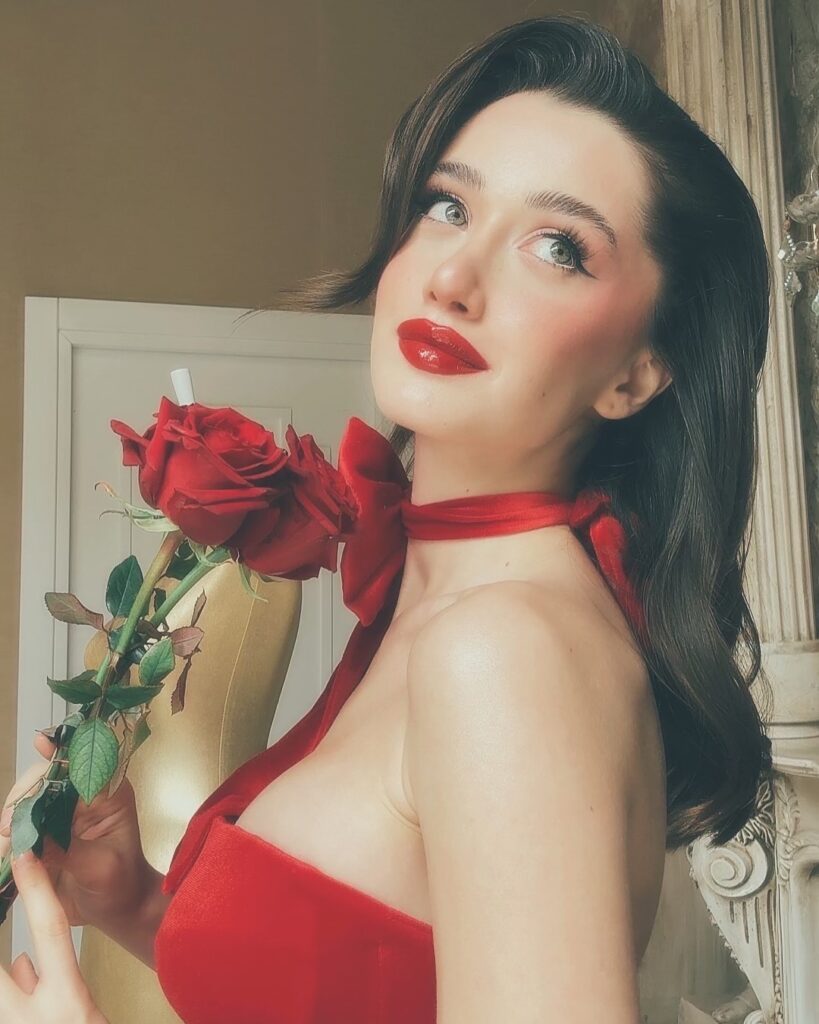
Hair as a Symbol of Character Transformation
A powerful tool used in film is the transformation of an actor’s hair to reflect their journey. A simple haircut or change in hair color can signify a major shift in the character’s personal growth. This device is particularly common in the hero’s journey or the coming-of-age story, where the protagonist undergoes a significant metamorphosis.
Take the transformation of Anya Taylor-Joy’s character, Emma Woodhouse, in the 2020 adaptation of Emma. Initially, her hair is carefully styled, neat, and a symbol of her social status as a young, wealthy woman. As the film progresses and Emma’s character begins to grow and mature, her hairstyle loosens, becoming less restrained, mirroring her emotional evolution.
The most iconic example of hair as a tool for transformation, however, might be the hairstyle change in The Matrix. Keanu Reeves’ Neo undergoes a profound change not just in terms of his character’s actions and choices, but also in his physical appearance. When Neo transitions from a confused, naive hacker into the savior of the human race, his hairstyle evolves. The clean, short-cut hair in the beginning is replaced by a more disheveled, wild look that signifies his internal struggle and rebellion against the system. It’s the visual embodiment of the character’s growing strength and disillusionment.
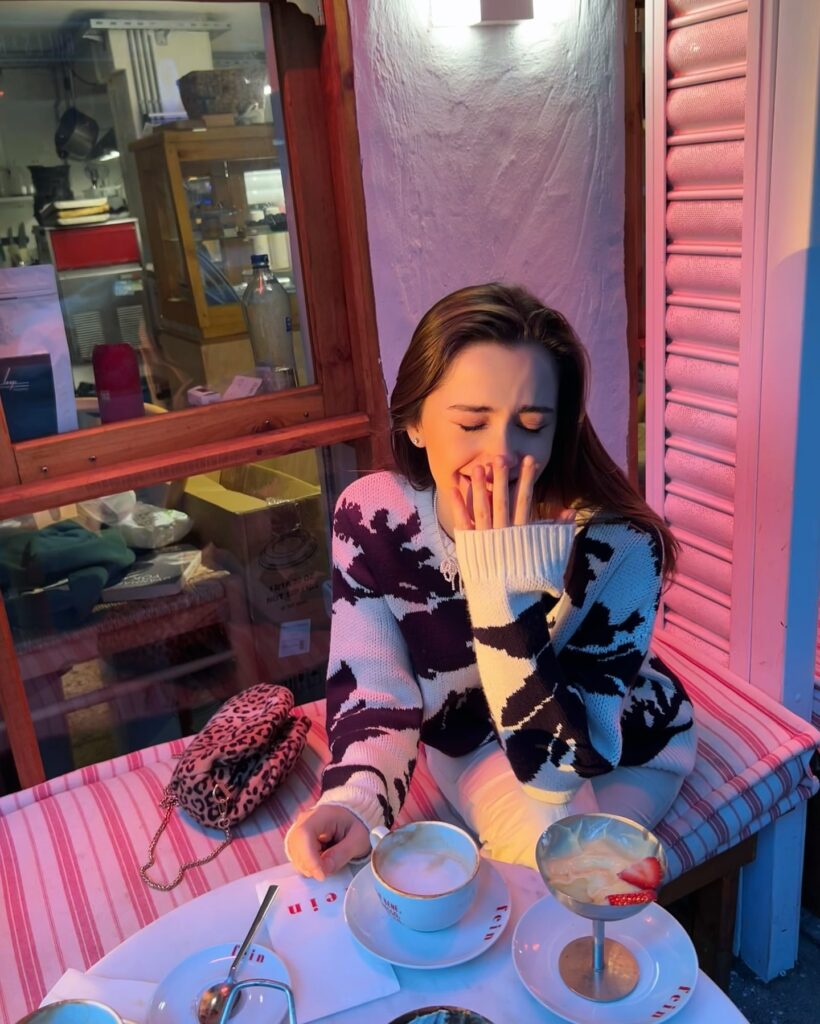
Hair as a Cultural or Political Statement
In addition to character evolution, hair can also serve as a vehicle for commentary on culture or politics. One of the most notable examples is the afro hairstyle, which became a symbol of pride and resistance during the civil rights movement. In films set in the 1960s or 1970s, such as The Butler (2013) or Selma (2014), characters sporting afros represent a defiance of mainstream beauty standards and a reclaiming of cultural identity. These hairstyles aren’t just fashion statements; they’re loaded with historical significance.
Another prominent example is the punk aesthetic, which includes spiky hair, bright colors, and shaved sides, often seen in films like SLC Punk! (1998) and The Crow (1994). These hairstyles weren’t just about rebellion against social norms, they were a reflection of a youth culture that valued non-conformity and protest. In both cases, the characters’ hair was not just an accessory; it was an active participant in the narrative, symbolizing resistance to the status quo.
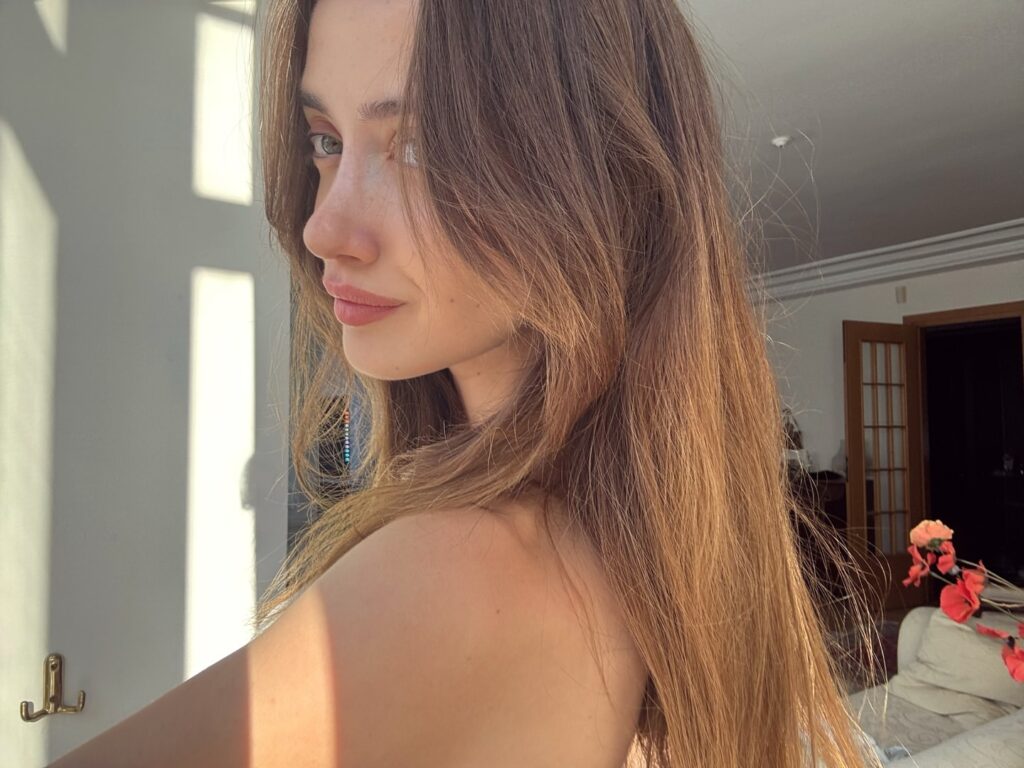
Hair as a Reflection of Power and Authority
Hair also often symbolizes power and control in films, especially when it comes to female characters. Strong, often intimidating women are depicted with sleek, bold, and sometimes exaggerated hairstyles. In Game of Thrones, characters like Daenerys Targaryen are known for their long, flowing, and intricate braids, symbolizing her growth into a queen who commands respect. Her hair is tied up, literally and figuratively, in the weight of her destiny. It’s an image of both elegance and power, aligning with her rise as a ruler.
In contrast, the shaved head of Natalie Portman’s character in V for Vendetta is a stark visual contrast that illustrates her transformation from a passive, oppressed individual into an active, revolutionary force. The act of shaving her hair is her way of reclaiming control over her body and her identity. It’s a deeply symbolic moment that marks her emergence from the shadows into the light of rebellion.
In Wonder Woman (2017), Gal Gadot’s portrayal of the titular character also uses her hair as a tool for symbolizing her strength. The wind-blown, tousled waves that define Diana’s look reinforce her warrior persona and emphasize her connection to both beauty and power. Her hair, always strong and deliberate in its appearance, aligns perfectly with her nature as a fierce protector.
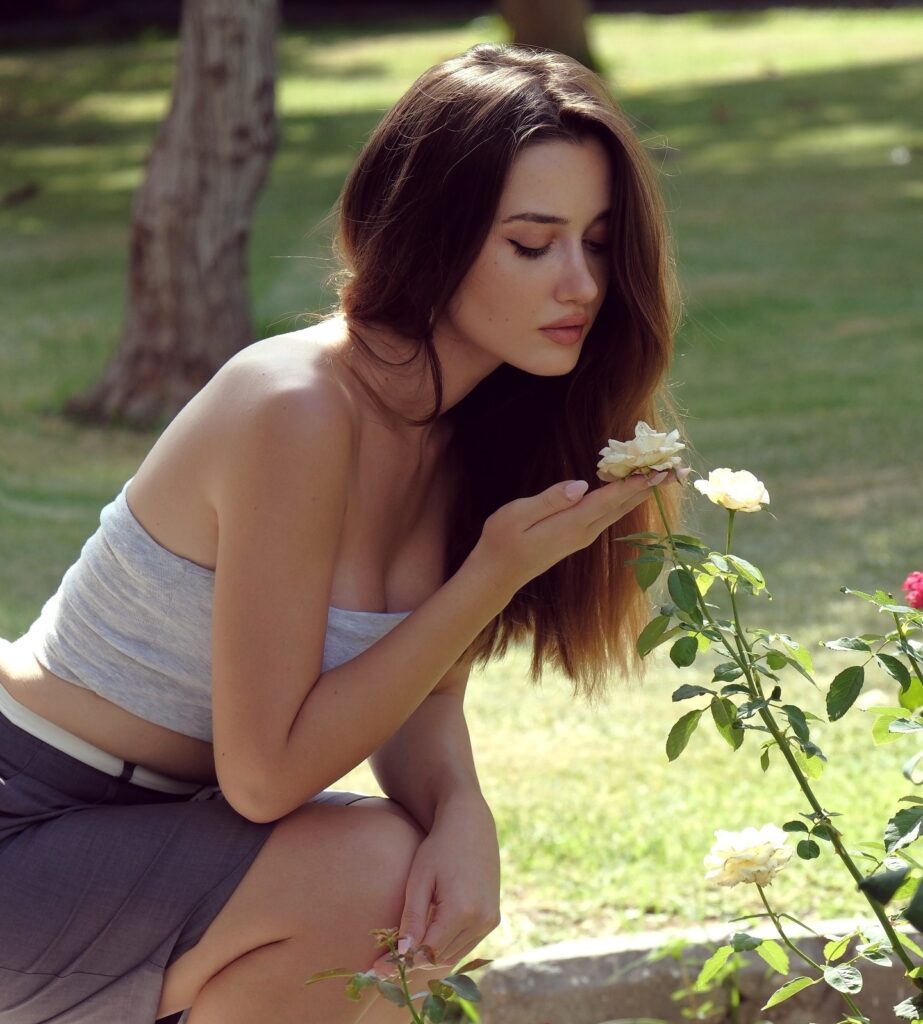
Hair as an Emotional Trigger
In certain films, hair acts as a vehicle for emotional storytelling. Sometimes, it’s not about character transformation or political statement but about evoking a feeling from the audience. A character’s hair can trigger nostalgia, sadness, joy, or even fear. Think of the tragic and emotional moment in Her (2013), where Joaquin Phoenix’s Theodore stands in front of his mirror, slowly brushing his hair as he contemplates the end of his relationship with his virtual assistant, Samantha. His hair becomes a reflection of the mundanity and loneliness of his existence, capturing the fragile, emotional nature of his character.
Equally, in The Pursuit of Happyness (2006), Will Smith’s character Chris Gardner is seen with unkempt hair in moments of despair, symbolizing his struggle against the world’s hardships. His hair becomes a reflection of his internal chaos and fight for survival. By the time his character reaches the pinnacle of his success, his appearance is markedly different, with neatly combed hair symbolizing his achievement and stability.
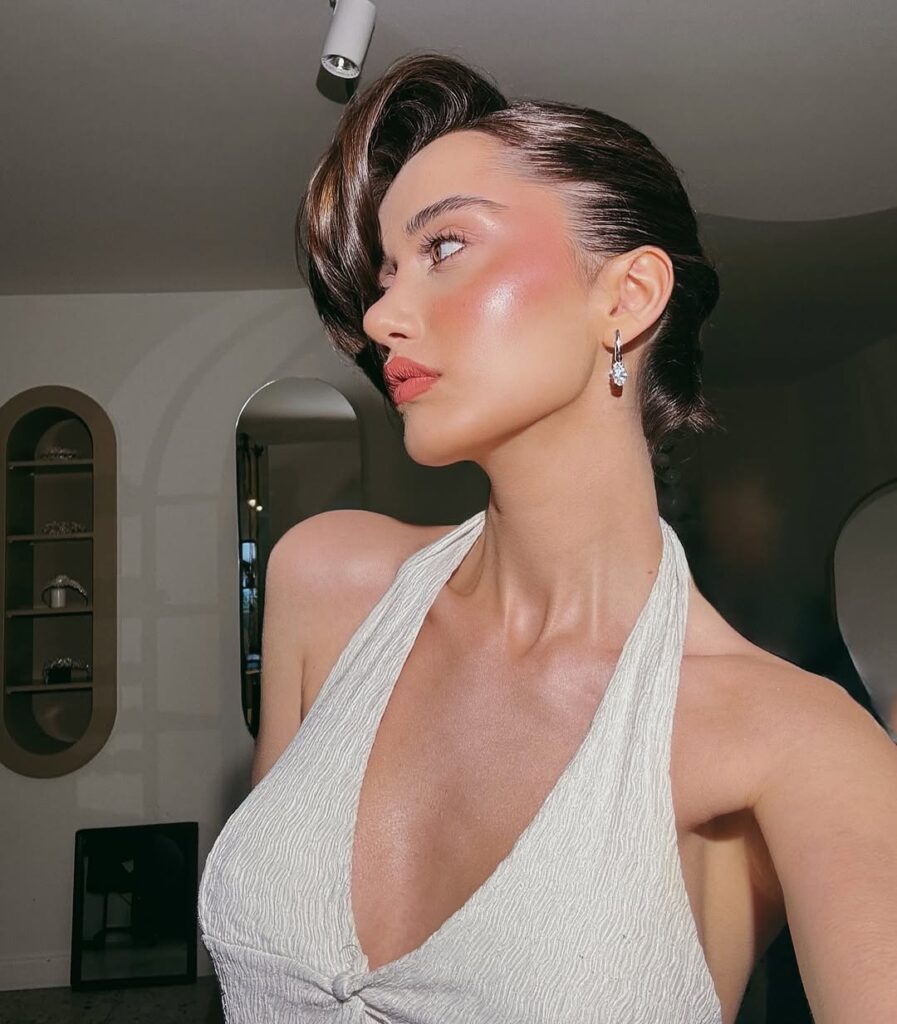
The Influence of Hairstyles on Pop Culture
Certain hairstyles from films have also managed to transcend the silver screen and influence pop culture. From the shaggy, grungy hair of the Star Wars universe to the iconic pixie cut worn by Audrey Hepburn in Breakfast at Tiffany’s, cinema has shaped the way we perceive beauty, rebellion, and identity. These hairstyles are so ingrained in popular culture that they become synonymous with the films themselves.
In essence, hair in movies isn’t just about looks; it’s about the story. It’s a silent actor that communicates without words, playing an essential role in conveying themes, character arcs, and emotions. When we say “hair was the paid actor,” we acknowledge that it’s not just a part of the costume design; it’s a part of the narrative. Whether it’s used to symbolize power, mark a character’s evolution, or evoke an emotion, hair is an essential storytelling device that continues to shape how we perceive cinema. So, next time you watch a movie, pay attention to the hair—it’s doing more than you might think.

